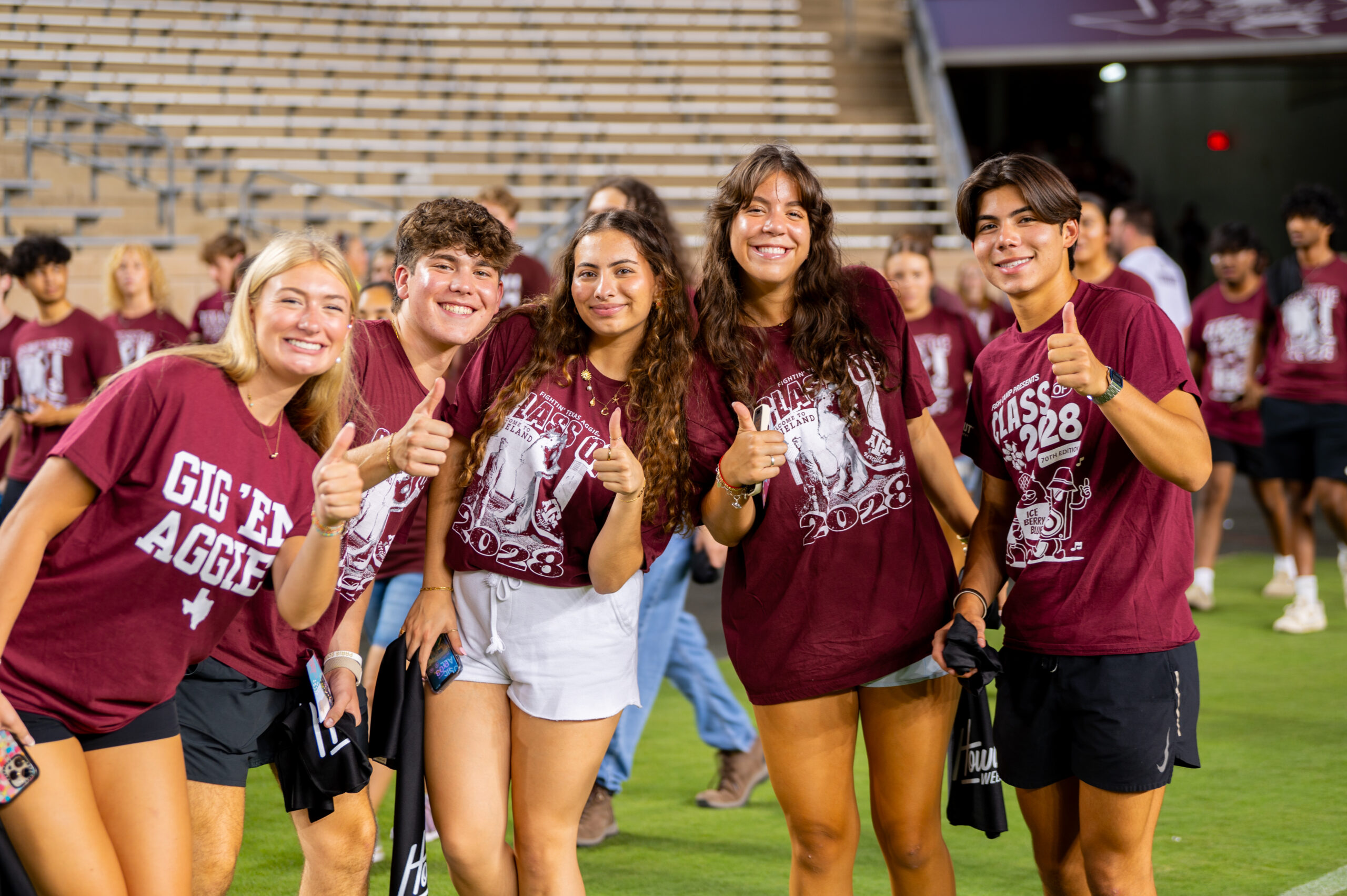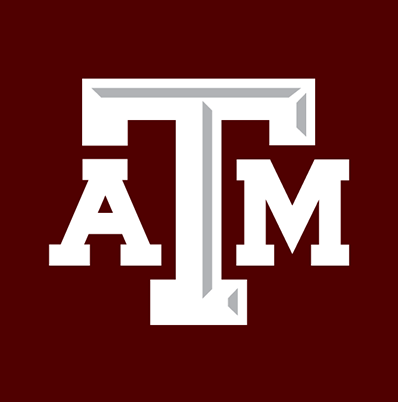Texas A&M Leads Higher Education Collaborative for Well-being
A group of 17 schools across Texas strives to improve student well-being.
By Olivia Garza '23, Texas A&M Division of Student Affairs

A group of students at the 2028 class photo.
Division of Student Affairs
In the 2021-2022 academic year, Texas A&M University started administering the Well-being Improvement Survey in Higher Education Settings (WISHES), a survey that tracks the well-being of students on campus. Since that time, Texas A&M has been part of a national collaborative focused on student well-being.
This summer, the national organization Action Network for Equitable Wellbeing (ANEW) applied for and received a grant to start a Texas collaborative. Public, four-year institutions in the state of Texas were recruited to be part of this collaborative, and 17 joined. This grant resulted in the Texas Higher Education (THE) Collaborative for Well-being, a state-level extension of this national movement, which is now pushing the boundaries of how universities can use data to improve student outcomes.
The initiative, which started with a small group of eight institutions working together, has grown to include 17 universities across Texas. At its core, it aims to improve the well-being of students who are struggling the most.
The Texas Higher Education (THE) Collaborative for Wellbeing focuses heavily on data-driven decision-making. One of the central tools in this effort is the WISHES survey—a comprehensive survey administered several times a year to students. WISHES tracks a variety of well-being factors, from mental health and loneliness to overall physical and mental health. It provides university officials with the data needed to identify students in need and offer targeted support.
An example of a program that benefitted from WISHES data analysis and the Collaborative for Well-being is Texas A&M’s Fish Camp. Fish Camp is a freshman orientation experience, and its staff recently used WISHES data to refine its curriculum. By comparing the well-being of Fish Camp participants to non-participants, the program was able to demonstrate its impact on first-generation students, even gaining additional donor support for first-generation student scholarships.
One of the most significant results came from the Corps of Cadets, which began using WISHES data to identify students struggling with well-being. In response, the Corps hired wellness coaches and developed new programs with the goal of supporting cadets’ mental health.
The success of Texas A&M’s efforts caught the attention of the Trellis Foundation, which in 2024 awarded funding to extend the initiative to other universities across the state. The Trellis Foundation is a grant-making, public charitable organization focused on improving postsecondary attainment for low-income students and students of color in Texas.
“By working with other institutions, we’re not just sharing our data; we’re learning from each other,” Kelly Cox, associate director for Student Affairs Planning, Assessment and Research said. “This initiative is about more than just collecting data—it’s about using that data to make meaningful changes.”
The Texas Higher Education Collaborative for Well-being represents a new era of support for students, one that goes beyond simply tracking mental health trends and actively works to close the gaps in student success. With each new partner school and each new WISHES survey, the initiative brings Texas one step closer to ensuring that every student, regardless of background, has the support they need to thrive in college.

